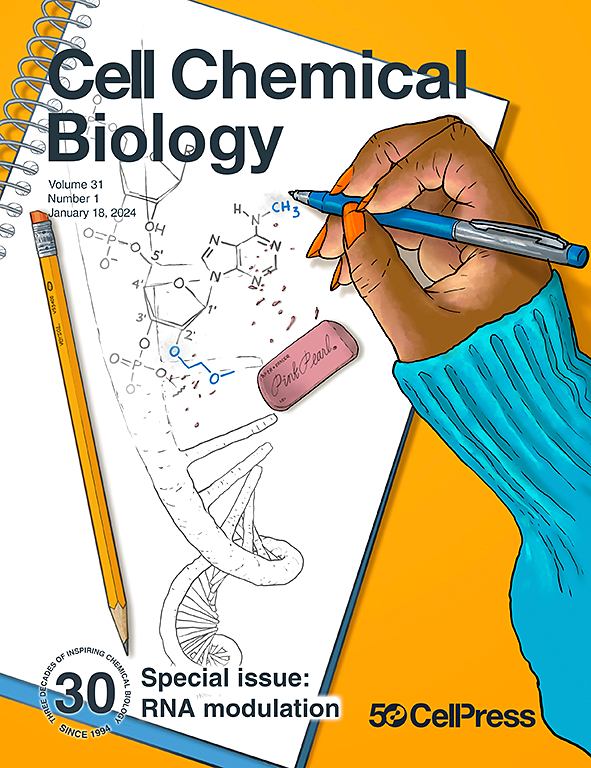SynPull: An advanced method for studying neurodegeneration-related aggregates in synaptosomes using super-resolution microscopy
IF 7.2
1区 生物学
Q1 BIOCHEMISTRY & MOLECULAR BIOLOGY
引用次数: 0
Abstract
Synaptic dysfunction is a primary hallmark of both Alzheimer’s and Parkinson’s disease, leading to cognitive and behavioral decline. While alpha-synuclein, beta-amyloid, and tau are involved in the physiological functioning of synapses, their pathological aggregation has been linked to synaptopathology. The methodology for studying the small-soluble protein aggregates formed by these proteins is limited. Here we describe SynPull, a method combining single-molecule pull-down, super-resolution microscopy, and advanced computational analyses to characterize the protein aggregates in human and mouse synaptosomes. We show that AT8-positive tau aggregates are the predominant aggregate type in synaptosomes from postmortem Alzheimer’s disease brain, although the aggregate size does not change in disease. Meanwhile, the relatively smaller amount of alpha-synuclein and beta-amyloid aggregates found in the synapses are larger than the extra-synaptic ones. Collectively, these results show the utility of SynPull to study pathological aggregates in neurodegeneration, elucidating the disease mechanisms causing synaptic dysfunction.


SynPull:一种使用超分辨率显微镜研究突触体中神经变性相关聚集体的先进方法
突触功能障碍是阿尔茨海默病和帕金森病的主要标志,导致认知和行为下降。虽然突触核蛋白、淀粉样蛋白和tau蛋白参与突触的生理功能,但它们的病理聚集与突触病理学有关。研究这些蛋白质形成的小可溶性蛋白质聚集体的方法是有限的。在这里,我们描述SynPull,一种结合单分子下拉,超分辨率显微镜和先进的计算分析来表征人类和小鼠突触体中蛋白质聚集体的方法。我们发现at8阳性tau聚集体是死后阿尔茨海默病大脑突触体中主要的聚集类型,尽管聚集体的大小在疾病中没有改变。同时,突触中相对较少的α -突触核蛋白和β -淀粉样蛋白聚集体比突触外的聚集体要大。总的来说,这些结果表明SynPull在研究神经退行性疾病的病理聚集方面的效用,阐明了引起突触功能障碍的疾病机制。
本文章由计算机程序翻译,如有差异,请以英文原文为准。
求助全文
约1分钟内获得全文
求助全文
来源期刊

Cell Chemical Biology
Biochemistry, Genetics and Molecular Biology-Molecular Medicine
CiteScore
14.70
自引率
2.30%
发文量
143
期刊介绍:
Cell Chemical Biology, a Cell Press journal established in 1994 as Chemistry & Biology, focuses on publishing crucial advances in chemical biology research with broad appeal to our diverse community, spanning basic scientists to clinicians. Pioneering investigations at the chemistry-biology interface, the journal fosters collaboration between these disciplines. We encourage submissions providing significant conceptual advancements of broad interest across chemical, biological, clinical, and related fields. Particularly sought are articles utilizing chemical tools to perturb, visualize, and measure biological systems, offering unique insights into molecular mechanisms, disease biology, and therapeutics.
 求助内容:
求助内容: 应助结果提醒方式:
应助结果提醒方式:


